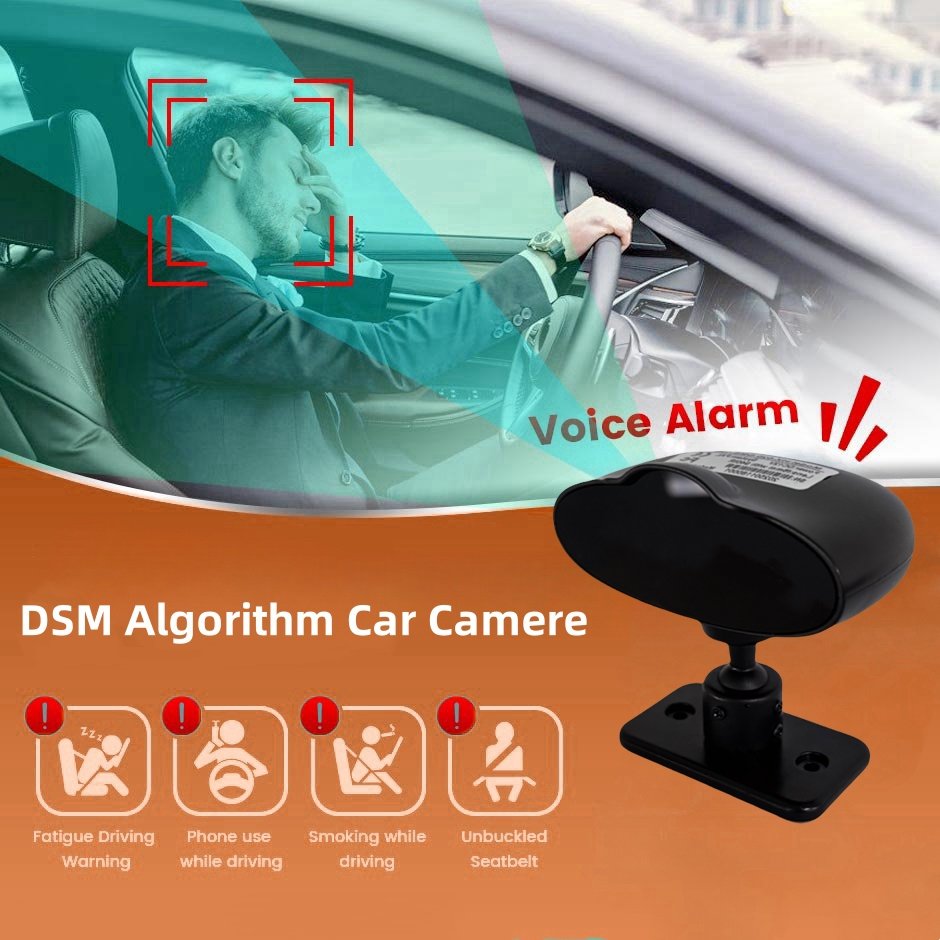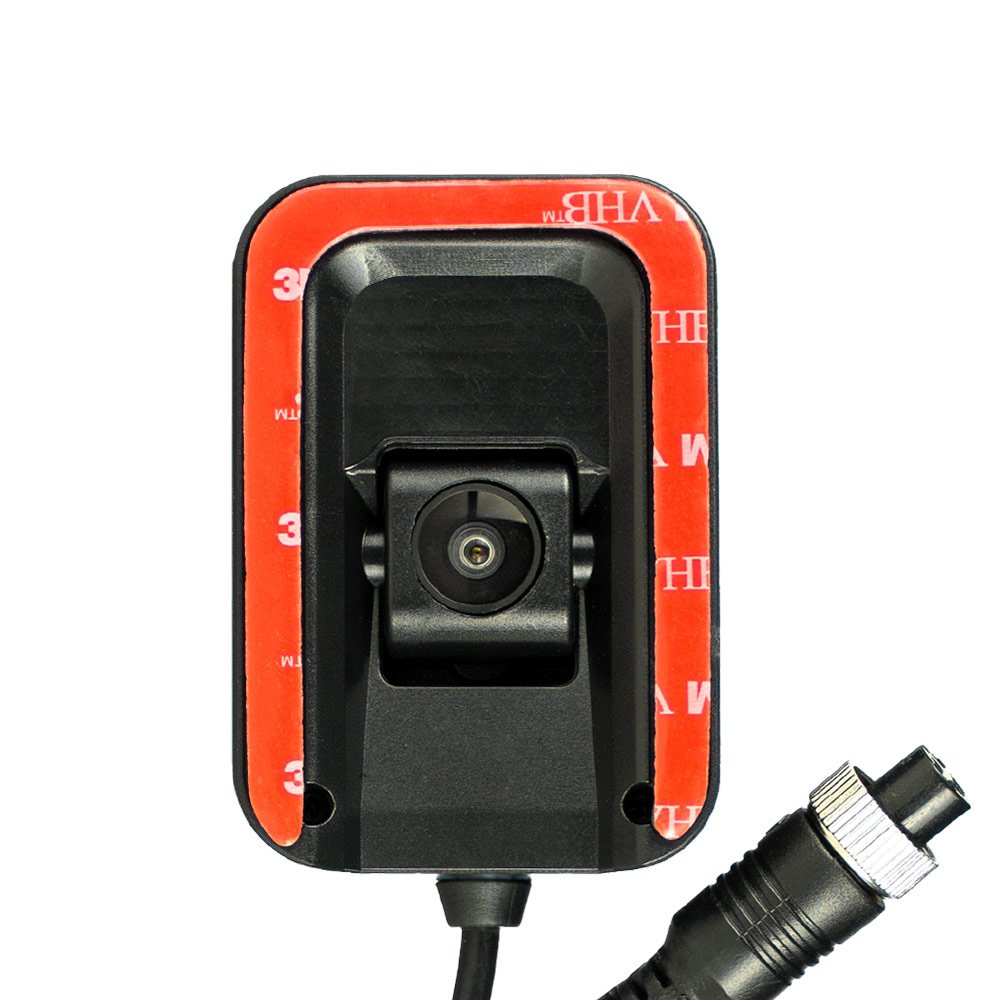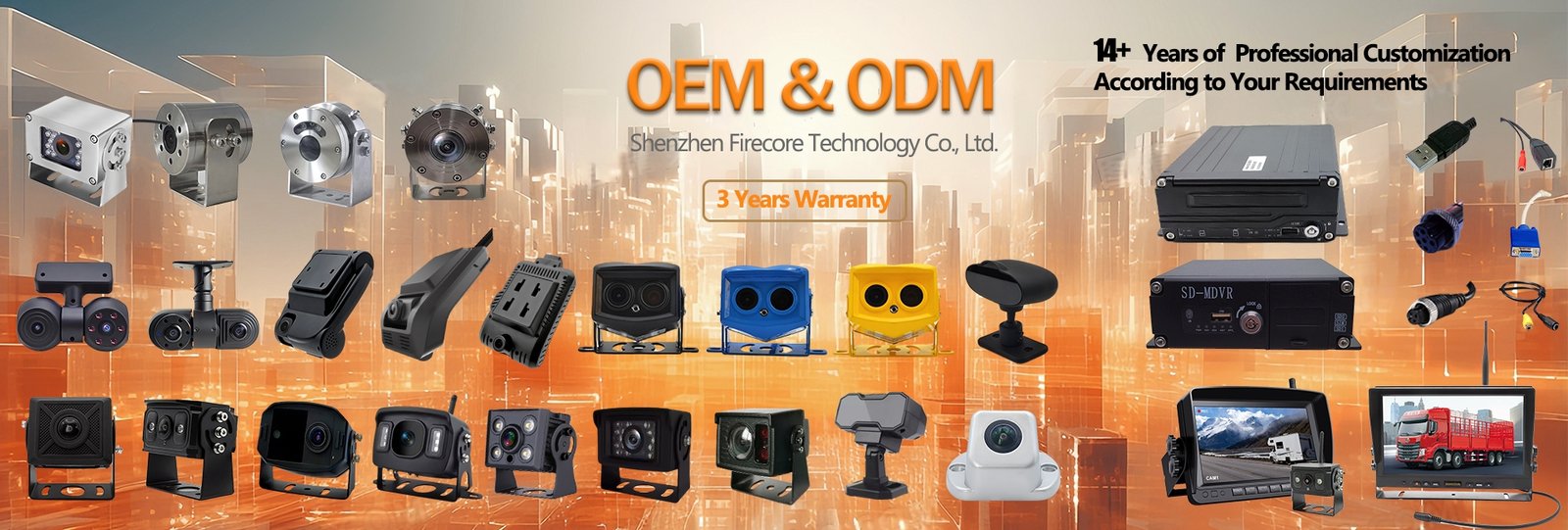In today’s fast-paced world of fleet management, vehicle cameras have become an indispensable tool for businesses aiming to enhance safety, improve operational efficiency, and meet compliance requirements.
These devices provide real-time monitoring, assist in driver behavior analysis, and serve as critical evidence in the event of disputes or accidents.
The Role of Vehicle Cameras in Fleet Management!
Vehicle cameras are no longer optional—they have become essential tools for fleet management. They play a key role in improving safety, monitoring driver behavior, and ensuring compliance with industry regulations.

Given the variety of options and features available, selecting the right vehicle camera system can be daunting. Each offers unique advantages tailored to specific needs, from advanced algorithms like DMS, BSD, and ADAS to different camera types such as side-mounted, front, rear, and specialized cameras.
This guide will walk you through the essential aspects of choosing the perfect vehicle camera for your fleet, ensuring that your investment meets your current requirements and supports your business's growth and adaptability for the future.
Explore the Power of Cutting-edge Technology



Find the Perfect Camera Type for Your Fleet
Features: High-resolution recording, AI-powered analytics, collision detection, and lane tracking.
Purpose:Records incidents, ensures driver accountability, and supports liability claims with clear evidence.
Ideal For: Fleets that require detailed monitoring of road activity and driver performance.
Features: Includes side-mounted, rear, and roof cameras with wide-angle lenses, infrared night vision, and durable, weatherproof designs.
Purpose:Monitors blind spots, assists with parking and reversing, and provides a 360-degree view in complex environments.
Ideal For: Trucks, delivery vans, and vehicles in urban areas or hazardous sites.
Features: Includes thermal imaging, infrared technology, and rugged builds for extreme conditions.
Purpose: Enhances performance in low visibility, harsh weather, or specialized environments.
Ideal For: Emergency vehicles, heavy machinery, and fleets operating in extreme or unique scenarios.

Choosing the perfect vehicle camera system unlocks significant advantages for Fleet Management. From enhancing safety and accountability to optimizing operations and reducing costs, the right camera ensures long-term benefits for your business while improving driver performance and customer satisfaction.
Determine the number of vehicles, route types, and specific challenges your fleet faces (e.g., blind spots, night driving).
Choose between basic models and advanced systems with AI algorithms, geofencing, and cloud connectivity.Look for features like dual-facing cameras for simultaneous interior and exterior monitoring.
Ensure the camera system can seamlessly integrate with GPS tracking and telematics platforms to centralize data management.
Select cameras designed to withstand harsh weather, temperature fluctuations, and vibration for long-term reliability.
Invest in systems that not only address immediate challenges but also provide future-proof solutions for scalability and evolving technologies.
Have a Question? Want to see a Demo? Need Support?
Fill out the contact form below or call us and Firecore representative will contact you shortly.
2025 Copyright © Firecore Co., LTD | All Rights Reserved